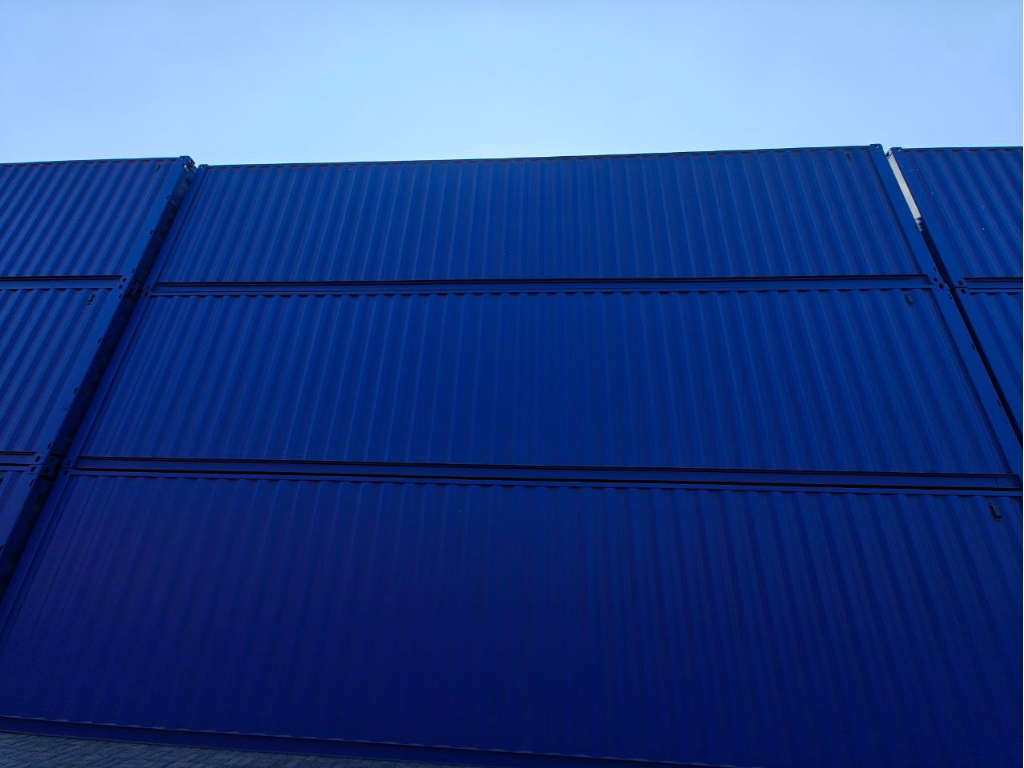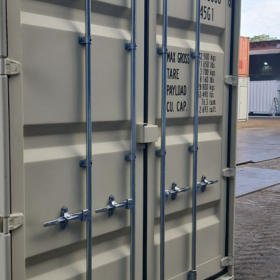How to Properly Insulate a Shipping Container for All Seasons
Shipping container homes and offices are growing in popularity due to their affordability, durability, and sustainability. However, one challenge that many container homeowners face is maintaining comfortable temperatures throughout the year. Without proper insulation, shipping containers can become uncomfortably cold in winter and unbearably hot in summer. Insulating your shipping container correctly is crucial for year-round comfort, energy efficiency, and protection from moisture damage.
In this article, we’ll explore the best insulation methods, materials, and strategies for transforming your shipping container into a comfortable, all-season space.
Why Insulation is Important for Shipping Containers
Shipping containers are made of steel, which conducts heat and cold very effectively. This means that in cold weather, the metal walls can rapidly lose heat, and in hot weather, they can trap and radiate heat inside. Poorly insulated containers can lead to extreme temperature fluctuations, condensation, and even mold growth, making the space uncomfortable and potentially damaging to your belongings.
Insulating your container properly helps:
- Maintain stable temperatures: Prevents heat loss in the winter and keeps the container cool in summer.
- Reduce energy costs: With good insulation, your heating and cooling systems will work more efficiently.
- Minimize moisture: Proper insulation can prevent condensation from forming, which can lead to rust and mold.
- Enhance soundproofing: Insulation can also help reduce noise from the outside, improving comfort.
Choosing the Right Insulation Material
There are several insulation options available for shipping containers, each with its advantages and disadvantages. The key is to choose the material that best suits your climate, budget, and the specific needs of your container.
Here are some of the most common insulation materials used for shipping containers:
- Spray Foam Insulation
Pros: Spray foam is one of the most popular choices for insulating shipping containers. It is highly effective at sealing every nook and cranny, making it ideal for preventing air leaks and moisture buildup. Spray foam provides excellent thermal resistance and can be applied quickly. It also adds an extra layer of rigidity to the container structure.
Cons: While highly effective, spray foam can be expensive. Additionally, if not applied correctly, it can create gaps or voids that reduce its insulating properties. - Fiberglass Insulation
Pros: Fiberglass insulation is a traditional and cost-effective solution. It’s easy to install, readily available, and comes in rolls or batts that can be cut to fit the walls, roof, and floor of your container. Fiberglass also offers decent thermal and acoustic insulation.
Cons: Fiberglass is prone to moisture damage and mold growth if exposed to condensation. It also requires a vapor barrier to prevent moisture from accumulating within the walls. - Rigid Foam Insulation (Polystyrene/Polyurethane)
Pros: Rigid foam boards are lightweight and provide excellent insulation. These foam panels can be easily cut to fit the walls, ceiling, and floor of your container. They offer high R-values (a measure of insulation effectiveness) and are resistant to moisture.
Cons: Rigid foam boards need to be carefully sealed to prevent air gaps, and they are generally more expensive than fiberglass. - Rockwool Insulation
Pros: Rockwool is a dense material made from volcanic rock, making it highly fire-resistant and water-repellent. It provides excellent thermal and sound insulation and is resistant to mold and mildew.
Cons: Rockwool is heavier and more expensive than fiberglass, but its moisture resistance can make it worth the investment in humid climates.
Key Areas to Insulate
To ensure your shipping container is properly insulated, focus on insulating these critical areas:
- Walls: The walls of the shipping container are the largest surface area and the main source of heat loss or gain. Insulating the walls will be your primary focus. Depending on the insulation material chosen, you may need to frame the walls before adding insulation. Don’t forget to account for any windows or doors when installing insulation.
- Roof: The roof of a shipping container is exposed to direct sunlight, making it a significant source of heat gain. During the summer, an uninsulated roof can make the interior unbearably hot. Insulating the roof helps regulate temperatures and protects against leaks. Installing a reflective or cool roof coating can also reduce heat absorption.
- Floor: Many people overlook the importance of insulating the floor, but it’s essential, especially in colder climates. Heat can escape through the floor, particularly if your container is placed directly on the ground or on concrete. Adding insulation beneath the floorboards or installing an elevated floor system can help prevent heat loss.
- Doors and Windows: Gaps around doors and windows can allow drafts, reducing the effectiveness of your insulation. Use weatherstripping and sealant to prevent air leaks. Double-glazed windows also provide better insulation than single-pane glass.
Preventing Condensation and Moisture
Condensation is a significant issue in shipping containers due to the steel walls. As warm air meets the cold steel surface, moisture forms and can lead to rust, mold, and mildew. To avoid this, consider installing a vapor barrier along with your insulation. A vapor barrier prevents moisture from passing through the walls and helps keep the insulation dry.
Additionally, ensure proper ventilation to allow airflow and reduce humidity inside the container. Installing vents or a dehumidifier can help maintain a healthy environment.
Conclusion
Properly insulating your shipping container for all seasons is essential for comfort, energy efficiency, and protection from moisture. By choosing the right insulation material and ensuring that all key areas—walls, roof, floor, doors, and windows—are well insulated, you can create a space that stays warm in the winter and cool in the summer. Whether you’re using your container for living, working, or storage, insulation is an investment that will pay off in the long run.






